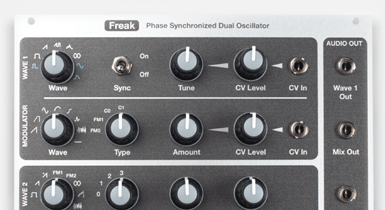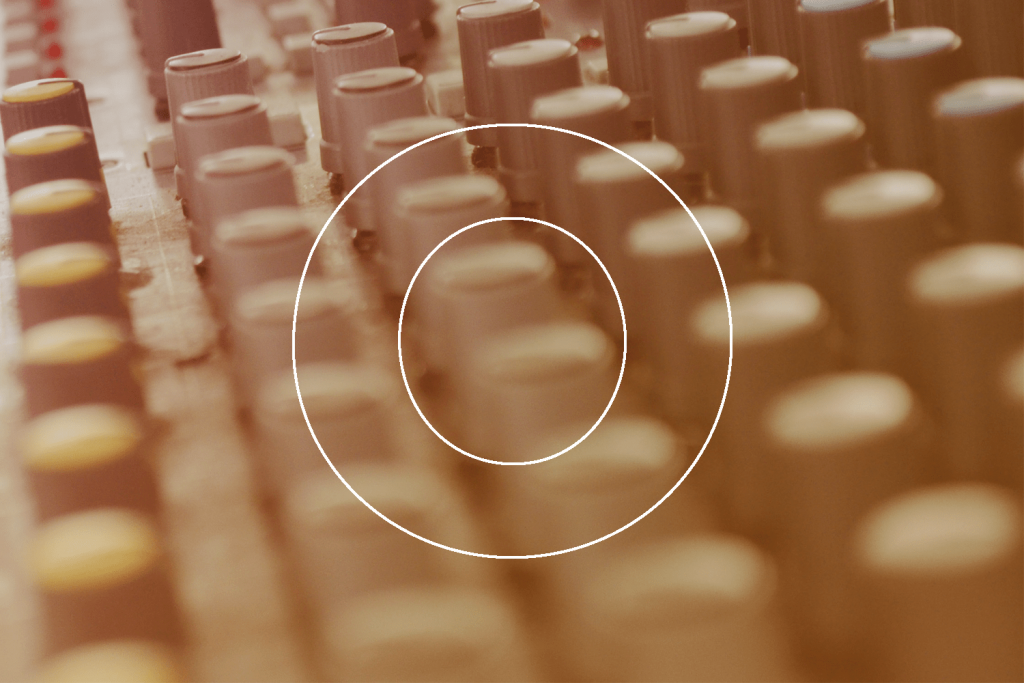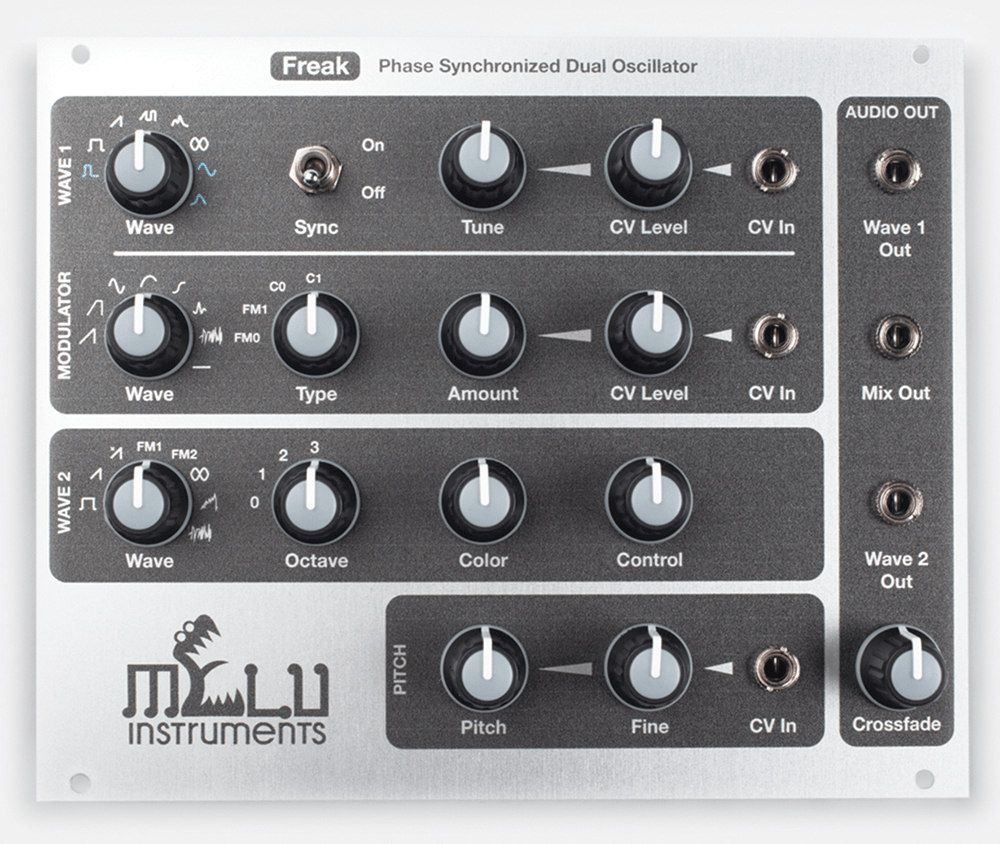The A-Z Of Music-Making: The O’s – From Oscillator To Overdub
It’s time for the third and final part of our A-Z Of Music Making. Our aim with this series is to shed light on those terms and references that may have left you scratching your head, or things that you’ve heard people say but have been too nervous to ask about (there’s a great deal […]

It’s time for the third and final part of our A-Z Of Music Making. Our aim with this series is to shed light on those terms and references that may have left you scratching your head, or things that you’ve heard people say but have been too nervous to ask about (there’s a great deal of presumed knowledge in this industry!). Basically, this series is here to help, and now it’s complete, we hope you’ll use it as a reference point whenever you get confused in the future. Marc JB runs through O to Z. Check out our other A-Z entries

(For the best of each definition click the title)
1. Oscillator

This is used in synthesis to generate a waveform to create sounds. Oscillators are responsible for the initial sound that is then fed through a signal path. That basic sound varies, depending on the set shape and size of the waveform (its oscillation) that the sound cycles through.
2. Output
The signal leaving a device.
3. Overdub
Recording additional sounds over an existing recording. If you have one line that needs to be made perfect in an otherwise flawless vocal take, it can be overdubbed after the original performance. Play the track, ‘punch in’ to start the recording and ‘punch out’ to cease recording.
